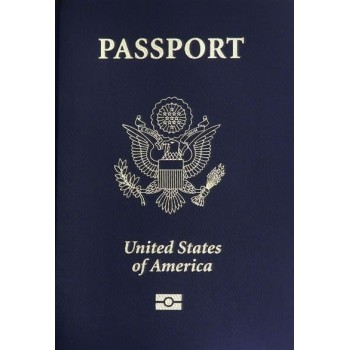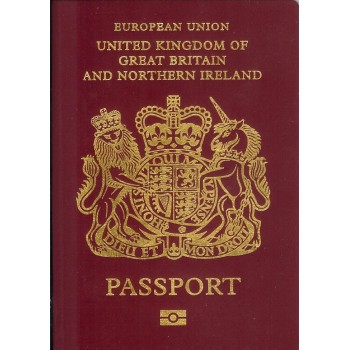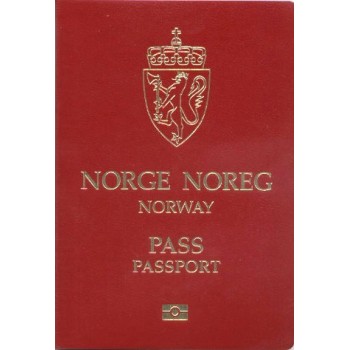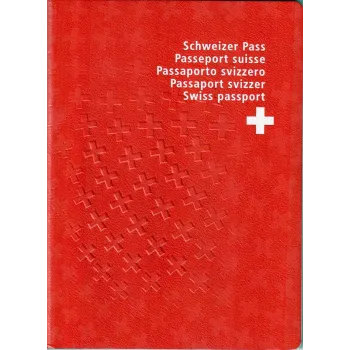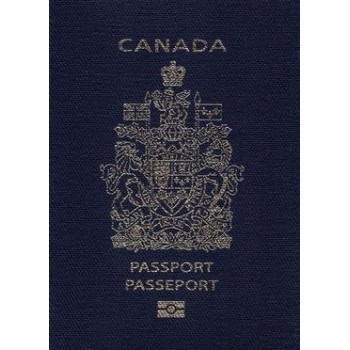During an era where counterfeiting and identity theft are widespread issues, identification papers such as licenses and passports need to be safeguarded from duplication. To prevent counterfeiting, such papers carry sophisticated technologies that render duplication difficult. Such features are designed to be extremely difficult for criminals to counterfeit, but straightforward to verify for inspectors, and even impossible to recreate using special equipment and materials. Let’s consider some of today’s best and latest methods of preventing counterfeiting.
1. Optical Variable Ink (OVI)
It appears to change color based on what angle you observe it from. Optical variable ink is printed onto paper objects such as seals or flags, which appear to change in color based on what direction you look at them from. The ink and method of printing it is difficult to duplicate without authorization as it is quite unique.
2. Holograms and Kinegrams
Holographic elements are quite crucial in identification papers these days. They can provide 3D views, moving pictures, or change when tilted. Kinegrams are unique holograms that provide intricate moving pictures to prevent photocopying or replication. Such elements prove to be effective because it requires special equipment to produce, which is not commonly accessible to individuals that produce counterfeit goods.
3. Microprinting
Microprinting is text of extremely small size which is in various locations on an ID or passport. The small print is normally smaller than what an ordinary home printer can reprint. Real ones, when examined closely, can be read, but imitation ones tend to be blurry or jumbled letters.
4. Ultraviolet (UV) Printing
Most IDs now also contain patterns or images that the naked eye can't see; they're only visible under UV light. The patterns are not visible under normal light, which introduces an element of secrecy that the officials can access but is difficult for counterfeiters to reproduce without the appropriate inks and printing equipment.
5. Guilloché Patterns
These intricate, repetitive line designs require much attention and can be extremely complicated. They are designed to be difficult to duplicate using ordinary equipment and equipment not typically used to print them. They lose most of their quality when duplicated in straightforward methods.
6. Watermarks
They include watermarks when producing paper, making it extremely difficult to copy them accurately using other paper-making equipment. You can spot them if you hold the document up to light, revealing a logo, design, or picture that confirms that the document is authentic.
7. Laser Marking
The material used for an ID card can be written upon using ink and personal data with a laser. This leaves an indelible line that is difficult to alter. It is generally used to create polycarbonate documents, where layers stick together. This is very difficult to dismantle or alter.
8. Radio-Frequency Identification (RFID) Chips
RFID chips are used in most current passports as well as certain driver's licenses. They store biometric data such as fingerprints or face-scanning data. They hasten the authentication process and add additional security that is digitally encrypted, making it difficult for individuals to gain unauthorized access to or to copy it.
9. Tamper-Evident Laminates
ID documents normally feature a protective coating that is damaged when someone attempts to remove it. Such a coating may include added features such as holograms or ultraviolet elements that are more difficult to forge or modify.
10. Adding Biometric Data
Adding biometric data such as fingerprints or iris scans into the document or chip increases it to be safer. This data is extremely difficult to exactly duplicate without the individual, hence it is strongly associated to its legitimate owner.
Ending The continuous development of anti-counterfeiting technologies in identification papers is evidence of the perpetual struggle of counterfeiters against security experts. Every successive technology attempts to remain one step ahead of counterfeiters, ensuring national and individual security globally. With every advancing development in technology, these features of security will grow even more complicated, safeguarding our identities even further.
1. Optical Variable Ink (OVI)
It appears to change color based on what angle you observe it from. Optical variable ink is printed onto paper objects such as seals or flags, which appear to change in color based on what direction you look at them from. The ink and method of printing it is difficult to duplicate without authorization as it is quite unique.
2. Holograms and Kinegrams
Holographic elements are quite crucial in identification papers these days. They can provide 3D views, moving pictures, or change when tilted. Kinegrams are unique holograms that provide intricate moving pictures to prevent photocopying or replication. Such elements prove to be effective because it requires special equipment to produce, which is not commonly accessible to individuals that produce counterfeit goods.
3. Microprinting
Microprinting is text of extremely small size which is in various locations on an ID or passport. The small print is normally smaller than what an ordinary home printer can reprint. Real ones, when examined closely, can be read, but imitation ones tend to be blurry or jumbled letters.
4. Ultraviolet (UV) Printing
Most IDs now also contain patterns or images that the naked eye can't see; they're only visible under UV light. The patterns are not visible under normal light, which introduces an element of secrecy that the officials can access but is difficult for counterfeiters to reproduce without the appropriate inks and printing equipment.
5. Guilloché Patterns
These intricate, repetitive line designs require much attention and can be extremely complicated. They are designed to be difficult to duplicate using ordinary equipment and equipment not typically used to print them. They lose most of their quality when duplicated in straightforward methods.
6. Watermarks
They include watermarks when producing paper, making it extremely difficult to copy them accurately using other paper-making equipment. You can spot them if you hold the document up to light, revealing a logo, design, or picture that confirms that the document is authentic.
7. Laser Marking
The material used for an ID card can be written upon using ink and personal data with a laser. This leaves an indelible line that is difficult to alter. It is generally used to create polycarbonate documents, where layers stick together. This is very difficult to dismantle or alter.
8. Radio-Frequency Identification (RFID) Chips
RFID chips are used in most current passports as well as certain driver's licenses. They store biometric data such as fingerprints or face-scanning data. They hasten the authentication process and add additional security that is digitally encrypted, making it difficult for individuals to gain unauthorized access to or to copy it.
9. Tamper-Evident Laminates
ID documents normally feature a protective coating that is damaged when someone attempts to remove it. Such a coating may include added features such as holograms or ultraviolet elements that are more difficult to forge or modify.
10. Adding Biometric Data
Adding biometric data such as fingerprints or iris scans into the document or chip increases it to be safer. This data is extremely difficult to exactly duplicate without the individual, hence it is strongly associated to its legitimate owner.
Ending The continuous development of anti-counterfeiting technologies in identification papers is evidence of the perpetual struggle of counterfeiters against security experts. Every successive technology attempts to remain one step ahead of counterfeiters, ensuring national and individual security globally. With every advancing development in technology, these features of security will grow even more complicated, safeguarding our identities even further.


